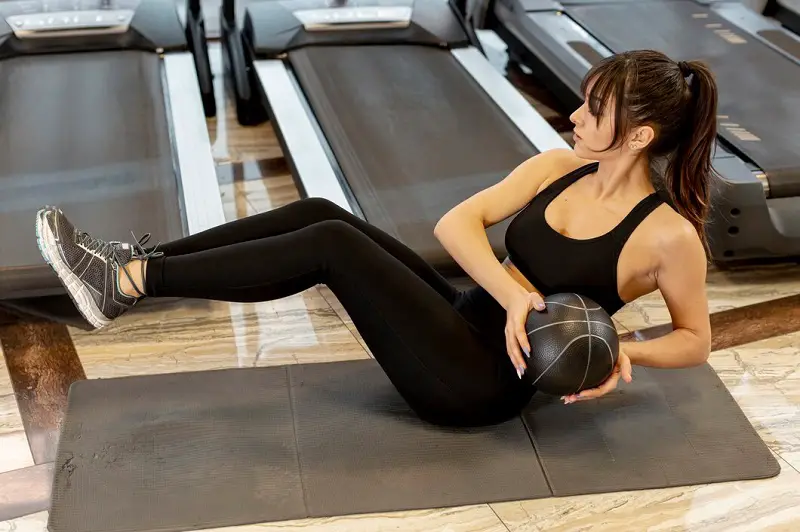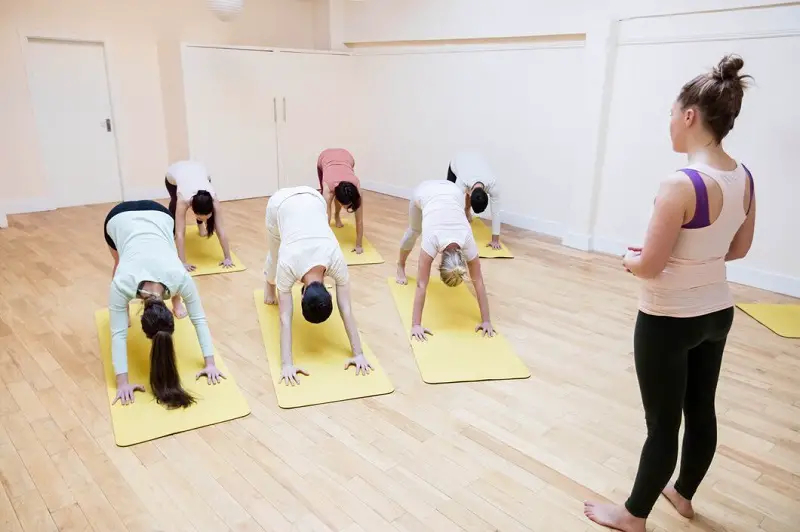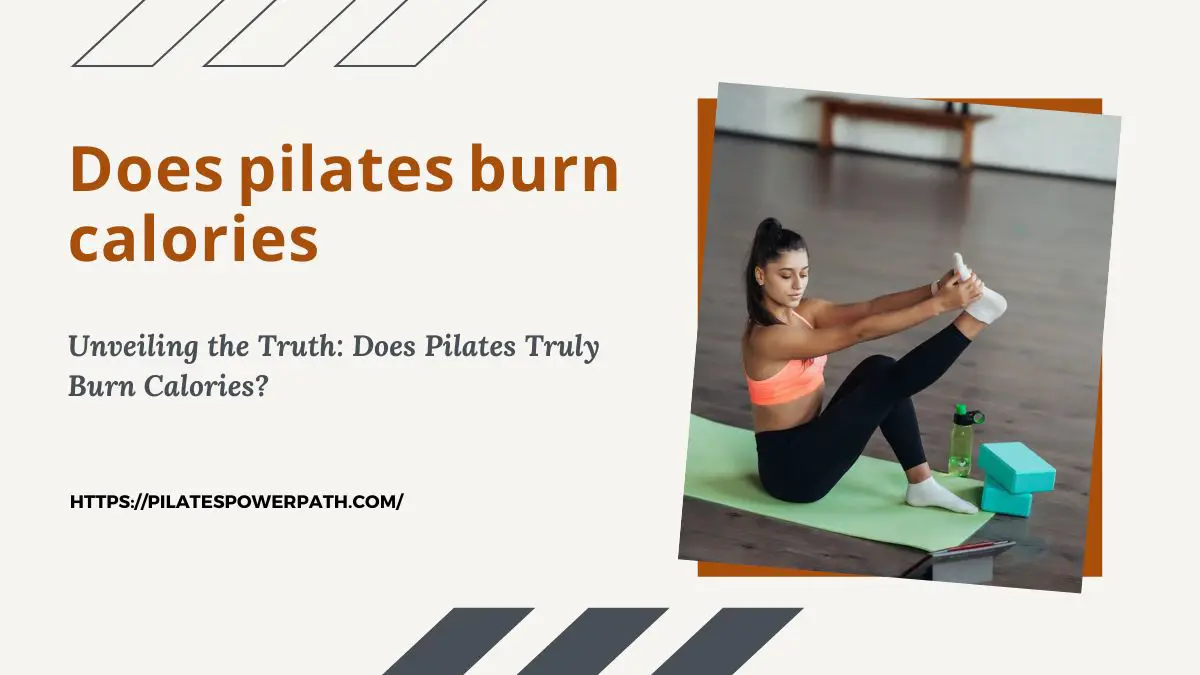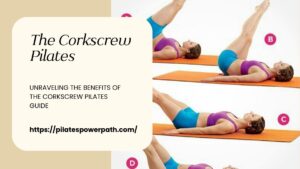Welcome to the world of Pilates, where strength meets flexibility, and grace meets power. Pilates has garnered immense popularity over the years for its transformative effects on the body and mind. However, amidst the hype, one burning question remains: does Pilates burn calories? In this comprehensive guide, we delve deep into the science behind Pilates, its calorie-burning potential, and how it stacks up against other forms of exercise.
Understanding Pilates
Principles of Pilates
Pilates is not just a series of exercises; it’s a holistic approach to fitness that emphasizes core strength, alignment, breathing, and mind-body connection. Developed by Joseph Pilates in the early 20th century, Pilates focuses on quality of movement rather than quantity, with an emphasis on control, precision, and fluidity.
Types of Pilates Exercises
Pilates encompasses a diverse range of exercises, from mat-based workouts to those performed on specialized equipment like the reformer, Cadillac, and chair. Mat Pilates, which utilizes body weight resistance, is accessible to all and can be done virtually anywhere, while equipment-based Pilates offers added resistance and assistance, allowing for a deeper challenge.
Read More: Fueling Your Pilates Practice: What to Eat Before Your Workout
How Pilates Differs from Traditional Cardio Workouts
Unlike traditional cardio workouts such as running or cycling, which primarily focus on elevating heart rate to burn calories, Pilates takes a more nuanced approach. While it may not get your heart pounding like a HIIT session, Pilates engages multiple muscle groups simultaneously, leading to increased muscle activation and calorie expenditure both during and after the workout.
The Science Behind Calorie Burning
How Calories Are Burned During Exercise
Calories are units of energy that our bodies use to fuel various physiological processes, including movement. When we exercise, our muscles contract, requiring energy in the form of calories from carbohydrates, fats, and proteins. The intensity and duration of exercise, along with factors like age, weight, and metabolism, determine the number of calories burned.
Factors Influencing Calorie Expenditure
Several factors influence calorie expenditure during exercise, including exercise intensity, duration, frequency, body composition, and individual metabolic rate. High-intensity workouts typically burn more calories per minute than low-intensity activities, while longer-duration workouts may result in greater total calorie expenditure.

Does Pilates Meet the Criteria for Effective Calorie Burning?
While Pilates may not elicit the same level of calorie burn as high-intensity cardio workouts, research suggests that it can still be an effective calorie-burning exercise, particularly when performed at a moderate to high intensity. The key lies in maintaining proper form, engaging the core muscles, and incorporating dynamic movements that challenge the body.
Research and Studies
Overview of Studies Investigating Calorie Expenditure During Pilates
Several studies have investigated the calorie-burning potential of Pilates, with varying results. While some studies have reported modest calorie burns comparable to walking or low-impact aerobics, others have found higher calorie expenditures, especially when Pilates is performed at a vigorous intensity or combined with cardio intervals.
Findings and Limitations of Existing Research
It’s essential to interpret research findings within the context of study design, participant characteristics, and exercise protocols. While some studies suggest that Pilates may not burn as many calories as traditional cardio exercises, others highlight its effectiveness in improving muscular endurance, flexibility, and posture, which are essential components of overall fitness.
Expert Opinions on Pilates’ Calorie-Burning Potential
Fitness professionals and Pilates instructors often emphasize the holistic benefits of Pilates beyond calorie burn alone. While acknowledging that Pilates may not be the most efficient calorie-burning exercise, many experts attest to its ability to sculpt lean muscles, improve body awareness, and enhance functional movement patterns, making it a valuable addition to any fitness regimen.
Comparing Pilates to Other Workouts
Pilates vs. Cardio Exercises
In comparison to traditional cardio exercises like running or cycling, Pilates offers a low-impact alternative that is gentle on the joints while still providing a challenging workout. While cardio workouts may burn more calories in a shorter amount of time, Pilates offers unique benefits such as improved core strength, balance, and flexibility.
Pilates vs. Strength Training
Unlike traditional strength training exercises that isolate specific muscle groups, Pilates focuses on whole-body movements that promote functional strength and stability. While both forms of exercise can contribute to calorie burning and muscle development, Pilates emphasizes controlled movements and proper alignment, reducing the risk of injury and promoting long-term joint health.

Pros and Cons of Each Workout Type
The choice between Pilates, cardio, and strength training ultimately depends on individual preferences, goals, and fitness levels. Pilates may be ideal for those seeking a low-impact, full-body workout that improves posture and flexibility, while cardio and strength training offer additional cardiovascular and muscle-building benefits.
Real-Life Experiences
Personal Anecdotes from Pilates Practitioners
Countless individuals have experienced transformative results through regular Pilates practice, from increased strength and flexibility to improved posture and body awareness. Many find that Pilates complements their existing workout routine, providing a balanced approach to fitness that enhances overall well-being.
Success Stories and Body Transformations
From celebrities to everyday enthusiasts, Pilates has garnered praise for its ability to sculpt long, lean muscles and redefine body contours. Whether it’s shedding excess pounds, toning trouble spots, or rehabilitating from injury, Pilates offers a safe and effective way to achieve lasting results with dedication and consistency.
Challenges and Strategies for Maximizing Calorie Burn
Like any form of exercise, Pilates comes with its challenges, from mastering complex movements to staying motivated over time. However, with the right guidance and mindset, individuals can overcome these obstacles and maximize their calorie burn by incorporating variations, progression, and intensity techniques into their Pilates practice.
Tips for Maximizing Calorie Burn in Pilates
Choosing the Right Pilates Class or Routine
When selecting a Pilates class or routine, consider your fitness goals, experience level, and preferences. Whether it’s a beginner-friendly mat class or an advanced reformer workout, finding the right fit can make all the difference in your Pilates journey.

Incorporating High-Intensity Intervals and Variations
To amp up the calorie burn during Pilates, consider incorporating high-intensity intervals, dynamic movements, and challenging variations into your routine. By increasing the intensity and complexity of your exercises, you can elevate your heart rate and stimulate greater muscle activation for enhanced calorie expenditure.
Pairing Pilates with Other Forms of Exercise
For optimal results, consider pairing Pilates with other forms of exercise such as cardio, strength training, or yoga. By diversifying your workout routine and incorporating complementary activities, you can target different muscle groups, prevent plateaus, and achieve a well-rounded fitness regimen.
Conclusion
In conclusion, while Pilates may not be the most calorie-intensive workout, it offers a multitude of benefits beyond the numbers on the scale. By focusing on quality movement, core strength, and mind-body connection, Pilates provides a holistic approach to fitness that enhances overall well-being and functional movement patterns. Whether you’re a seasoned practitioner or new to Pilates, incorporating this transformative practice into your fitness routine can lead to lasting results that extend far beyond calorie burn alone.
Top FAQs about Pilates and Calorie Burning
Pilates can contribute to weight loss when combined with a balanced diet and regular exercise routine. While it may not burn as many calories as high-intensity cardio workouts, Pilates offers numerous benefits for overall fitness and body composition.
The number of calories burned during Pilates varies depending on factors such as exercise intensity, duration, individual metabolism, and body composition. While estimates range from 200 to 400 calories per hour, the actual calorie burn may vary from person to person.
Yes, Pilates is excellent for toning muscles, improving strength, and enhancing body composition. By targeting deep stabilizing muscles and promoting balanced muscle development, Pilates can sculpt long, lean muscles and redefine body contours over time.




